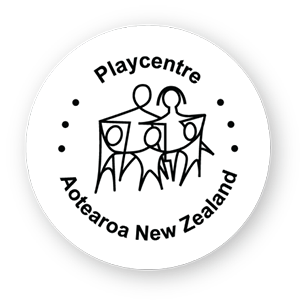10.4 Information on Specific Hazardous Materials
The following information is a basic overview of the materials and is in no way comprehensive.
10.4.1 Asbestos
Asbestos is a naturally occuring mineral fibre. The use of asbestos in New Zealand building materials was prominent in 1960s-80s but has been used since the 1920s. Buildings constructed after 1990 are generally less likely to contain asbestos. However, imporation of all asbestos in its raw, friable state was not banned until 1999 and the use of products containing asbestos was not banned until October 2016. The accidential importation of Asbestos Containing Materials can still occur. As such it is likely that asbestos is present in any building constructed before the year 2000 and should not be ruled as in new buildings.
Asbestos Containing Materials (ACMs) are in two distinct forms – bonded non-friable and friable. Bonded forms are usually quite stable, while friable asbestos, when dry, is in the form of a powder, or can be crumbled, pulverized or reduced to powder by hand pressure.
The danger with asbestos is when there are airborne fibres. Bonded asbestos is less likely to produce these airborne fibres because all of the fibres are bonded together. Friable fibres are more likely to become airborne especially if broken and damaged. If there are no airborne fibres then the risk to human health is minimal. This means if the ACMs are in good condition and are sealed and/or encapsulated, i.e. painted, beneath another material, then there is no reason to remove them.
10.4.2 Lead Based paint
Lead based paint (LBP) was commonly used in New Zealand buildings up until the 1980. White lead and lead sulphates were banned from domestic use in 1965 but yellow, orange and red paints with lead in were still used until the late 1970s. Also an anti corrosion coating used for galvanised steel roof was used well into the 1990s.
Lead is a poison and an environmental pollutant. The main intake of lead paint is from dust or fume inhalation or the ingestion of paint fragments or dust. Lead paint tastes sweet.
Lead paint is generally not dangerous if it has been painted over and remains that way. Problems occur when renovating or repainting involving resanding or if the paint is so degraded it is flaking off the building.

